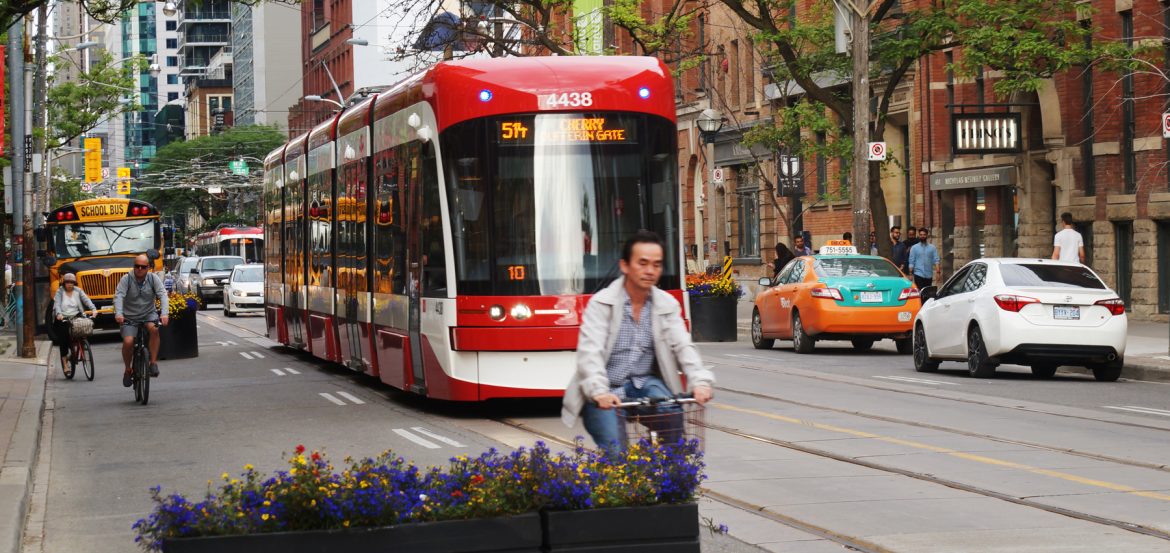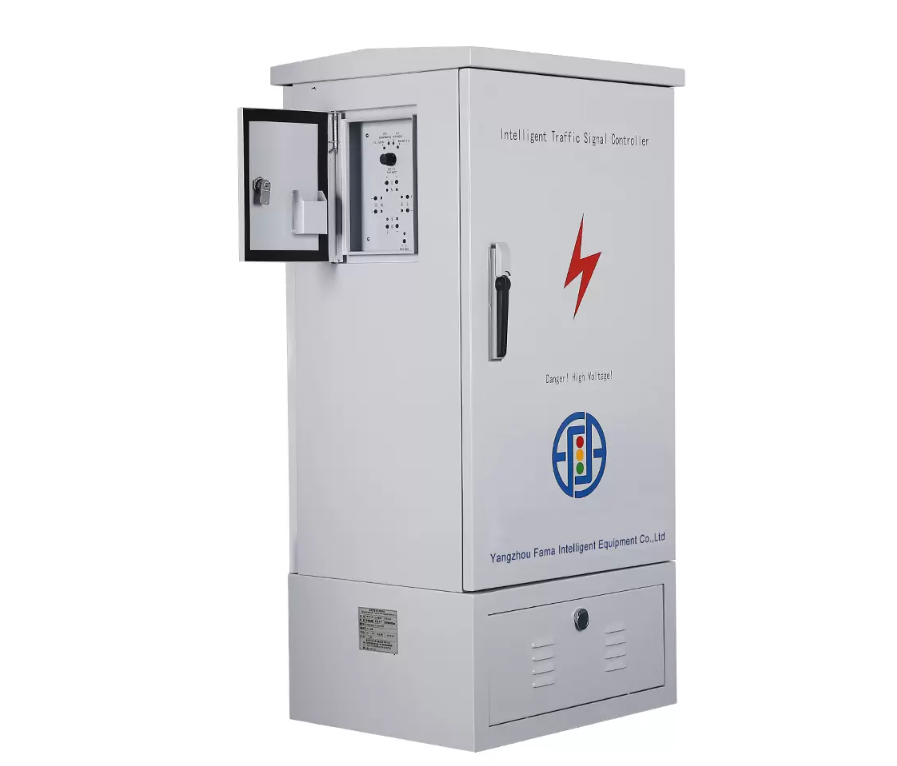Transportation plays a pivotal role in the smooth functioning of various industries. From logistics to supply chain management, choosing the most effective method for transportation is crucial for businesses to ensure timely and cost-effective delivery. In this blog post, we will delve into the different methods available for transportation and analyze their pros and cons to determine the best approach.
- Road Transportation:
Road transportation is the most common and versatile method for transporting goods. It offers flexibility in terms of routes and accessibility to various locations. With a well-developed road network, it allows for door-to-door delivery, making it suitable for small-scale and local deliveries. However, road transportation is susceptible to traffic congestion, unpredictable weather conditions, and limited capacity, which can lead to delays and increased costs. - Rail Transportation:
Rail transportation provides an efficient and cost-effective solution for long-distance transportation of goods. It offers high carrying capacity, making it ideal for bulk shipments. Rail networks are well-established in many regions, ensuring connectivity to major industrial hubs. Moreover, rail transportation is relatively eco-friendly, reducing carbon emissions compared to road transportation. However, rail transportation may lack flexibility in terms of delivery locations and may require additional road transportation for the last-mile delivery. - Air Transportation:
Air transportation is renowned for its speed and global reach. It is the preferred method for time-sensitive and high-value goods, such as perishable items and electronics. With a vast network of airports worldwide, air transportation ensures quick delivery to remote locations. However, the high cost associated with air transportation limits its feasibility for large-scale and low-value shipments. Additionally, strict regulations and security procedures may cause delays and increase handling complexities. - Water Transportation:
Water transportation, primarily through ships, is the backbone of international trade. It offers the lowest cost per unit of cargo and has the highest carrying capacity among all transportation methods. Water transportation is particularly advantageous for long-distance shipments, especially for bulky and non-perishable goods. However, it is relatively slower compared to other methods, and accessibility to landlocked areas may pose challenges. Additionally, port congestion and adverse weather conditions can impact delivery schedules.
Conclusion:
After a comprehensive analysis of the different transportation methods, it is evident that there is no one-size-fits-all solution. The choice of transportation method depends on various factors, including the nature of goods, distance, time constraints, and budgetary considerations. To optimize transportation, businesses should adopt a multimodal approach, combining different methods to leverage their respective strengths. By carefully evaluating these factors and considering the specific requirements of each shipment, businesses can determine the best method for transportation, ensuring efficient and timely delivery while minimizing costs.



